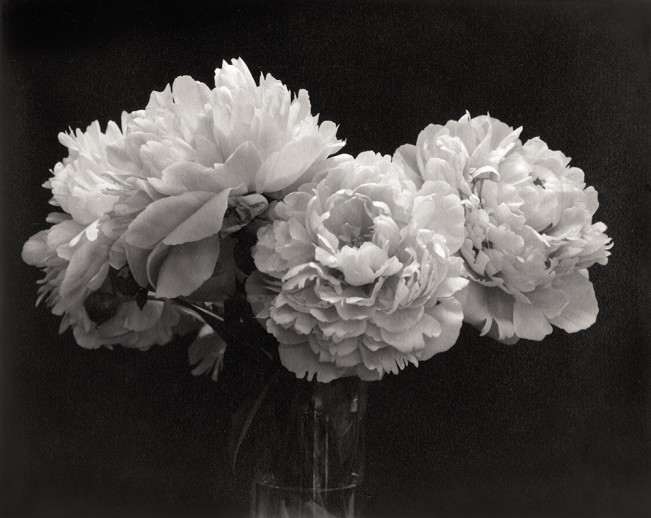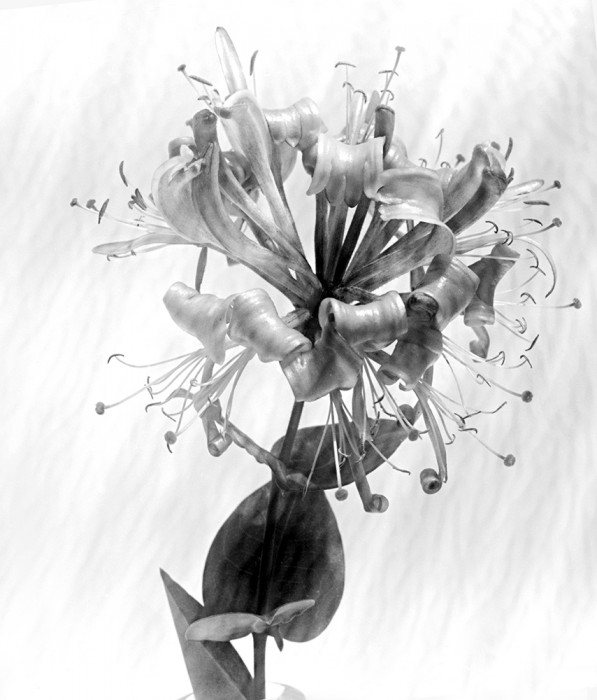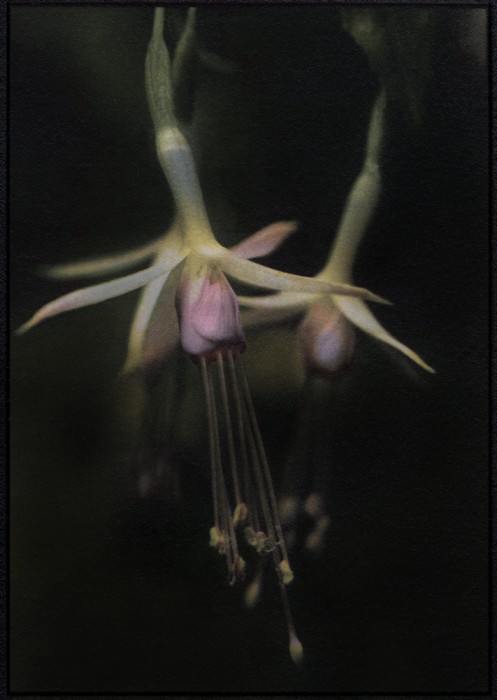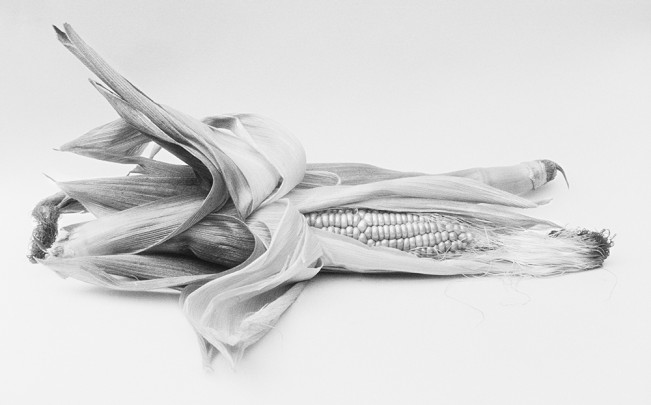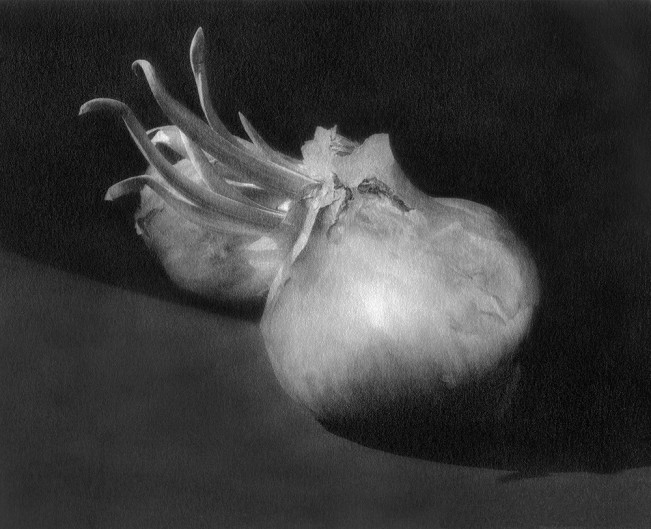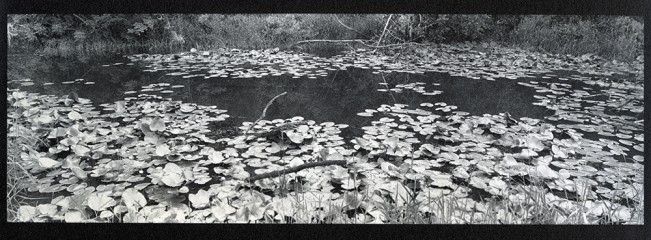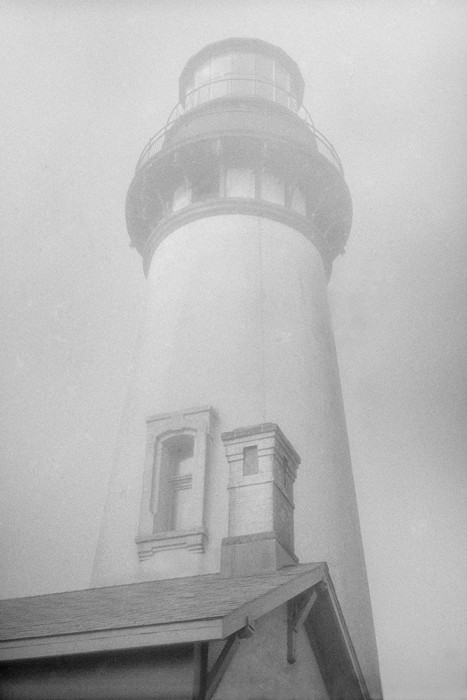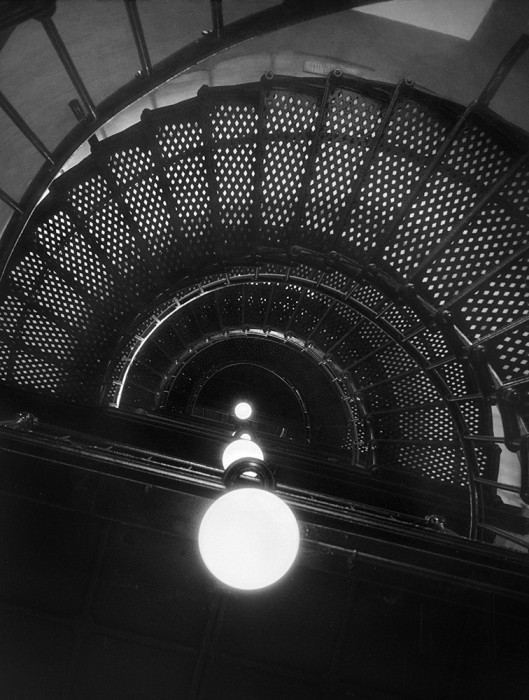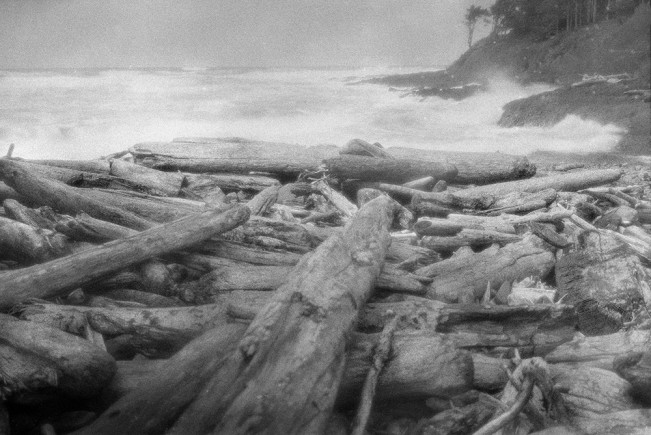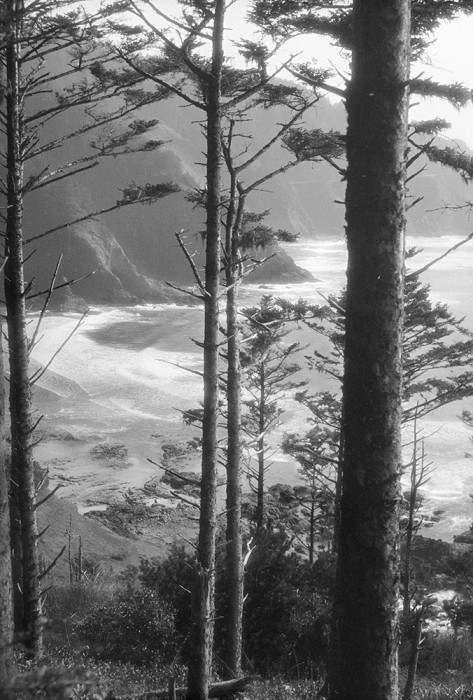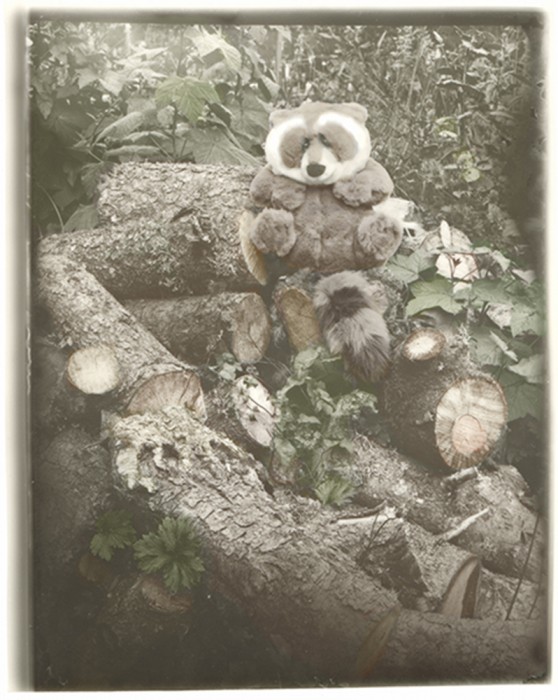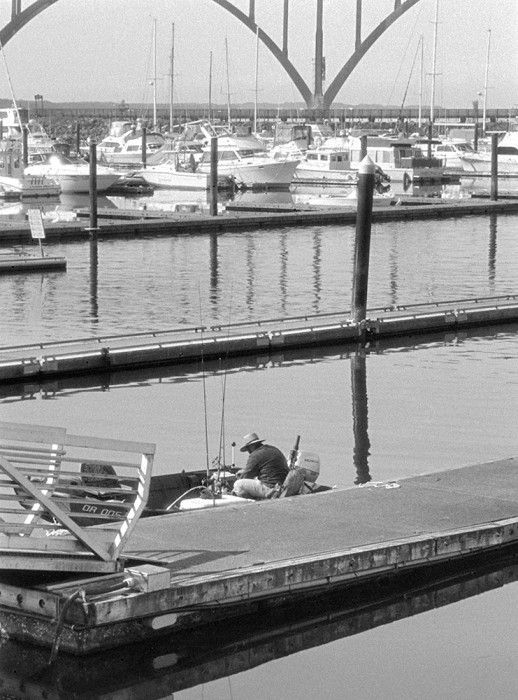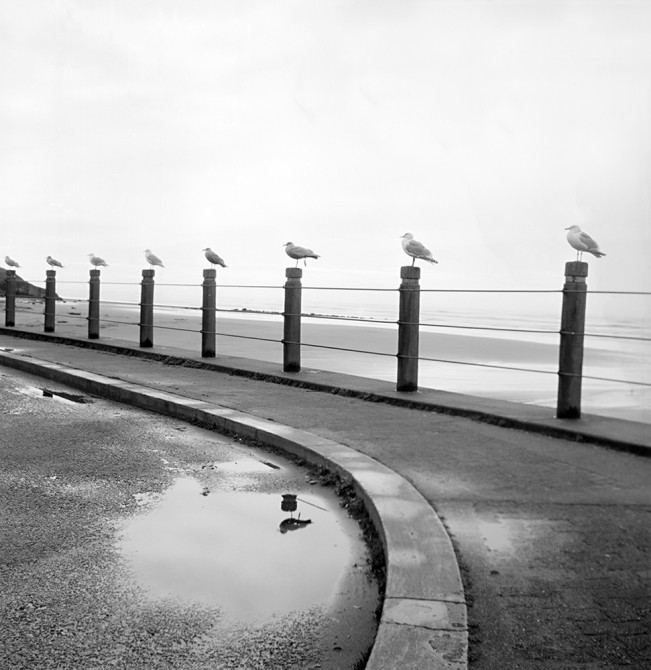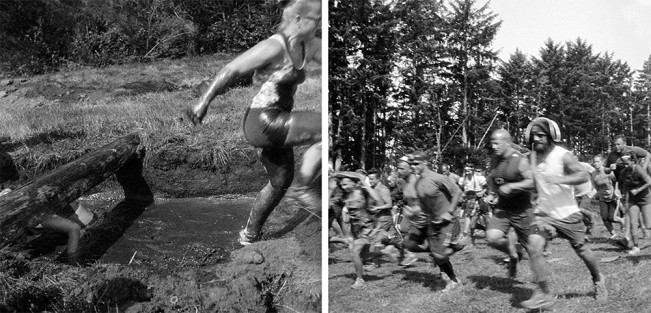Denise Ross: The Light Farm
About a month ago, I received an e-mail from Denise Ross about her site, The Light Farm. The site is dedicated to the renaissance of handcrafted silver gelatin emulsions. I asked Denise to share her story and describe what the site is all about.
The Light Farm by Denise Ross
In the early 1980’s I was a photography graduate student at Arizona State University. At the time it was one of only a handful of schools that had strong classes in historical processes. In just the few years before, in quick succession, a number of books now considered classics had been published. “The Gum Bichromate Book’, by David Scopick, “The Keepers of Light: A History and Working Guide to Early Photographic Processes”, by William Crawford, and “The Albumen and Salted Paper Book”, by James M. Reilly, were all the buzz. “You can actually do this!?” Photographers’ Formulary and Bostick & Sullivan were getting launched as businesses. Sending off for their catalogs was almost a religious experience. It really is hard to describe the heady feeling of discovery and adventure.
I tried all the processes. I settled on albumen and worked with it for a couple of years, but I kept returning to silver gelatin paper. (All image capture was film, of course.) It wasn’t for the ease of buying commercial products. I simply loved silver gelatin. I wanted to make my own materials, but that wasn’t taught. Not only wasn’t it taught, most people sincerely believed that “film and paper” could only be made in a factory – pretty much as if today you wanted to make a digital camera in your kitchen. Not going to happen.
Fast forward. I quit my photography education and got a graduate degree in Botany. 35mm was a tool of the trade and large format was “art”. I kept my darkroom and joined a photography club. All the members had darkrooms.
Fast forward. Materials started disappearing. There were hints that Kodak was in trouble but no worries because a new technology was around the corner. I love science and technology and I’m resigned to, and sometimes delighted by, the constant morphing of photographic tools and materials, but I also realized it was now or never for me to learn how to make silver gelatin materials. I knew it was going to be a challenge. I was wrong.
It turns out that making silver gelatin emulsions for BW film and paper, and glass dry plates, is simple. It’s easier than most alternative/historic processes. The challenge has been cracking perception. Kodak’s brilliant marketing, now over a century old, achieved its goal. The notion that film and paper can only be made in factories is persistent beyond comprehension. I didn’t predict that. I also didn’t predict how astonishingly fast darkrooms and basic chemical photography know-how would disappear into lore and alchemy. It’s not just “now or never” for me. It’s now or never for handmade silver gelatin photography.
A number of individuals have made important contributions to the field. Terry Holsinger, Ron Mowrey, and Mark Osterman can’t be thanked enough. Mark, with Ron’s help, started a series of silver gelatin workshops at George Eastman House in Rochester, New York, that are growing in popularity. For the last six years, The Light Farm website has featured artists, scientists, and historians who are interested in handmade silver gelatin emulsions. I’ve been working exclusively with my own materials for the last five years. Here and there, artists are starting to work with dry plates.
But, the “you can actually do this!?” breakthrough within the broader photographic community has yet to happen. It seems erroneous beliefs are very resistant to evidence. People still believe silver gelatin can only be made in a factory and that, additionally, its disappearance is inevitable. I invite anyone who has enough interest to have read this far to help challenge and change that belief.
When you see some list of handmade image capture that begins and ends with “wet plate”, tell the author of the list about dry plate. Silver gelatin emulsions can be made in the home darkroom. Are being made. Successfully.
Consider trying it yourself. The space and skills required are minimal. No high school chemistry class required! The ingredients are simple and they won’t be going away any time soon. The same is true for BW film and printing paper. Practically, the limits to technology in a home darkroom cover the time period from 1880 to around 1945, but if you think about the photographic art produced in those years you realize that is hardly a “limitation”.
Any of the possibilities available today with commercial film, including making enlarged digital negatives, are possible with handmade – plus a few extras! Glass plates and film can be cut to any format. You can make colorblind and orthochromatic negatives that cannot be purchased today. Ditto with all the paper surface and color possibilities. The old emulsions are much more responsive to development control. Old photo books and their techniques come alive.
All the details of emulsion making and use can be learned from The Light Farm website, wwwthelightfarm.com. The step-by-step tutorials are free. You can learn in your own space, at your own pace. I predict great discovery and adventure! And liberation.
All content on this site cannot be reproduced without linking to Lenscratch and without the permission of the photographer.
Posts on Lenscratch may not be reproduced without the permission of the Lenscratch staff and the photographer.
Recommended
-
Luther Price: New Utopia and Light Fracture Presented by VSW PressApril 7th, 2024
-
Artists of Türkiye: Sirkhane DarkroomMarch 26th, 2024
-
European Week: Sayuri IchidaMarch 8th, 2024
-
European Week: Steffen DiemerMarch 6th, 2024
-
Rebecca Sexton Larson: The Reluctant CaregiverFebruary 26th, 2024

